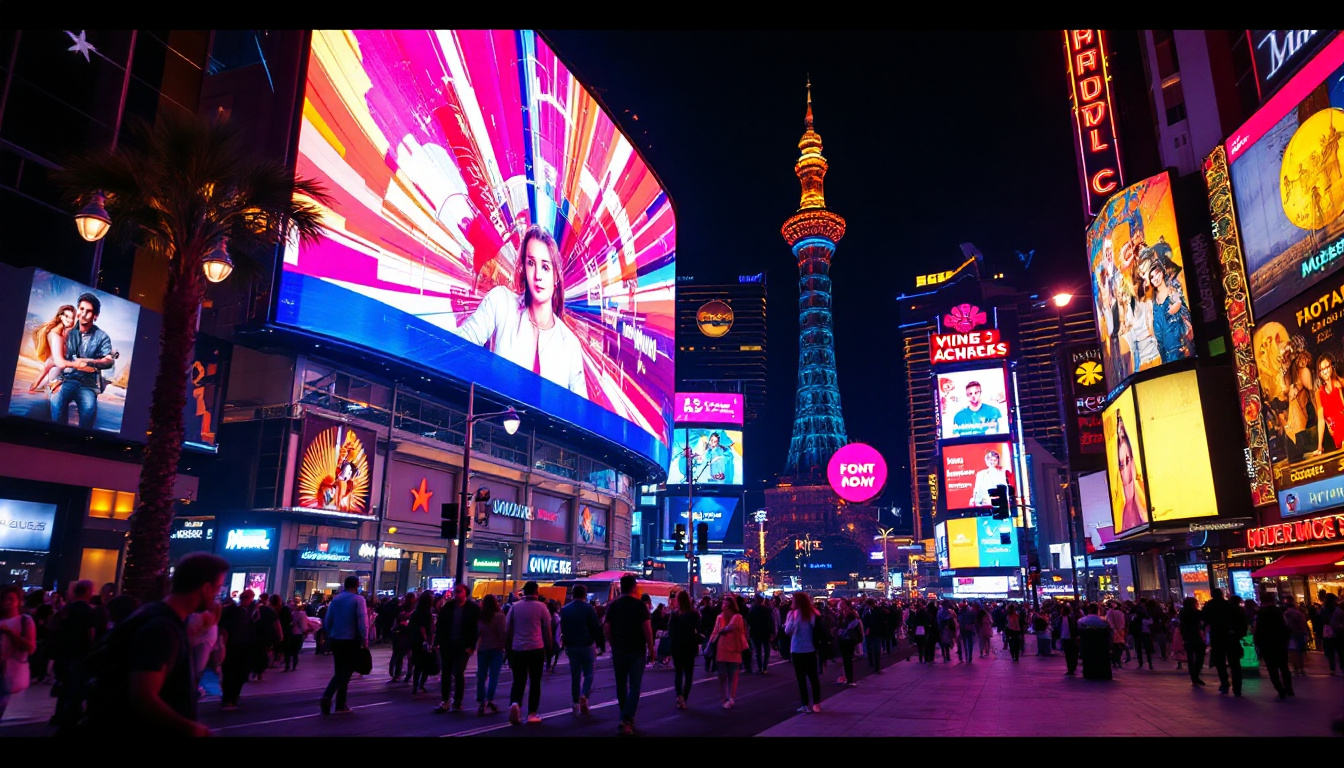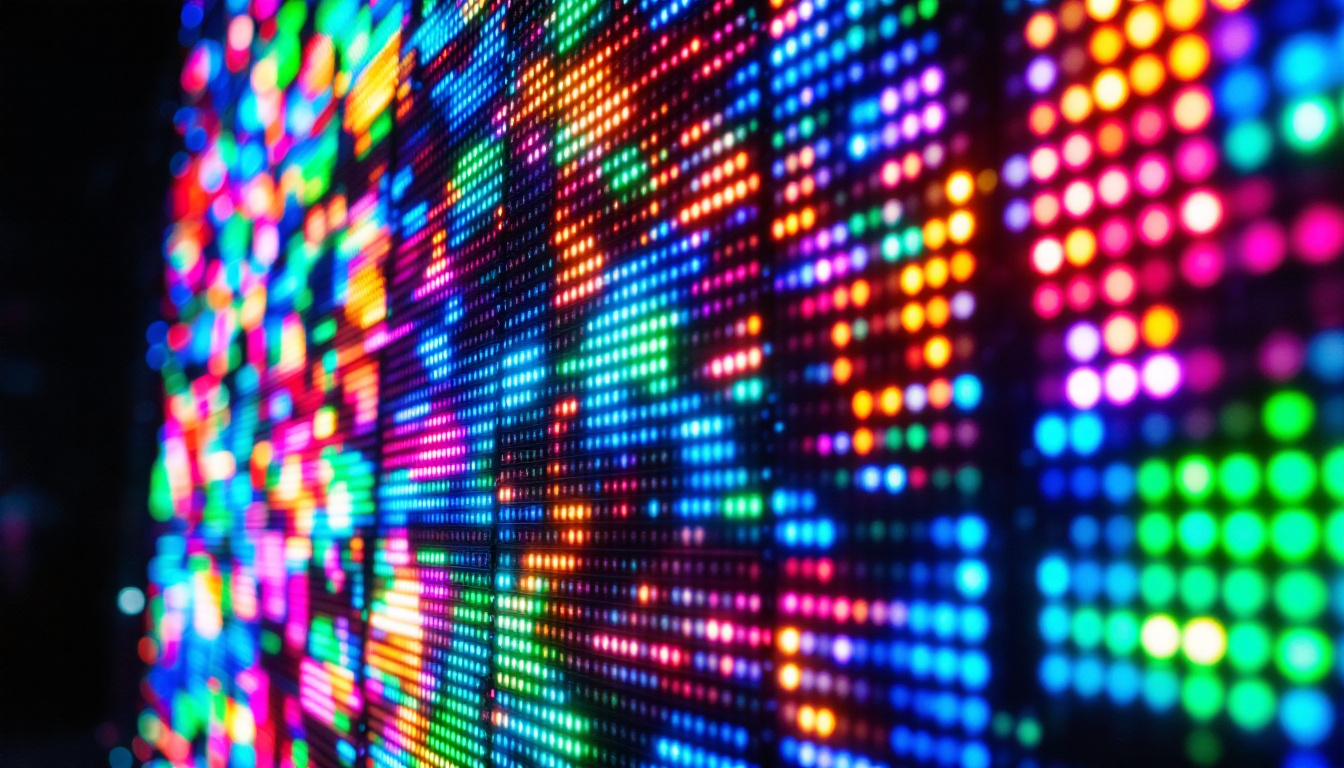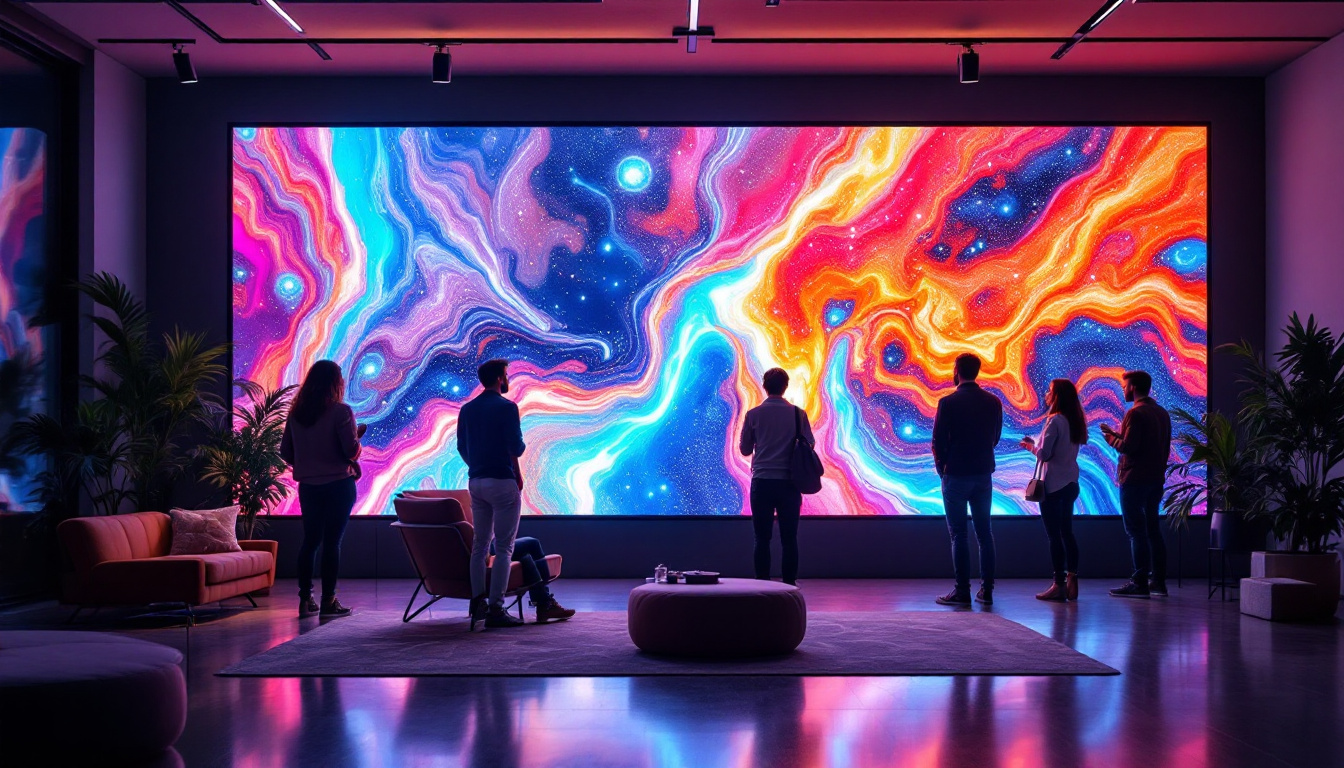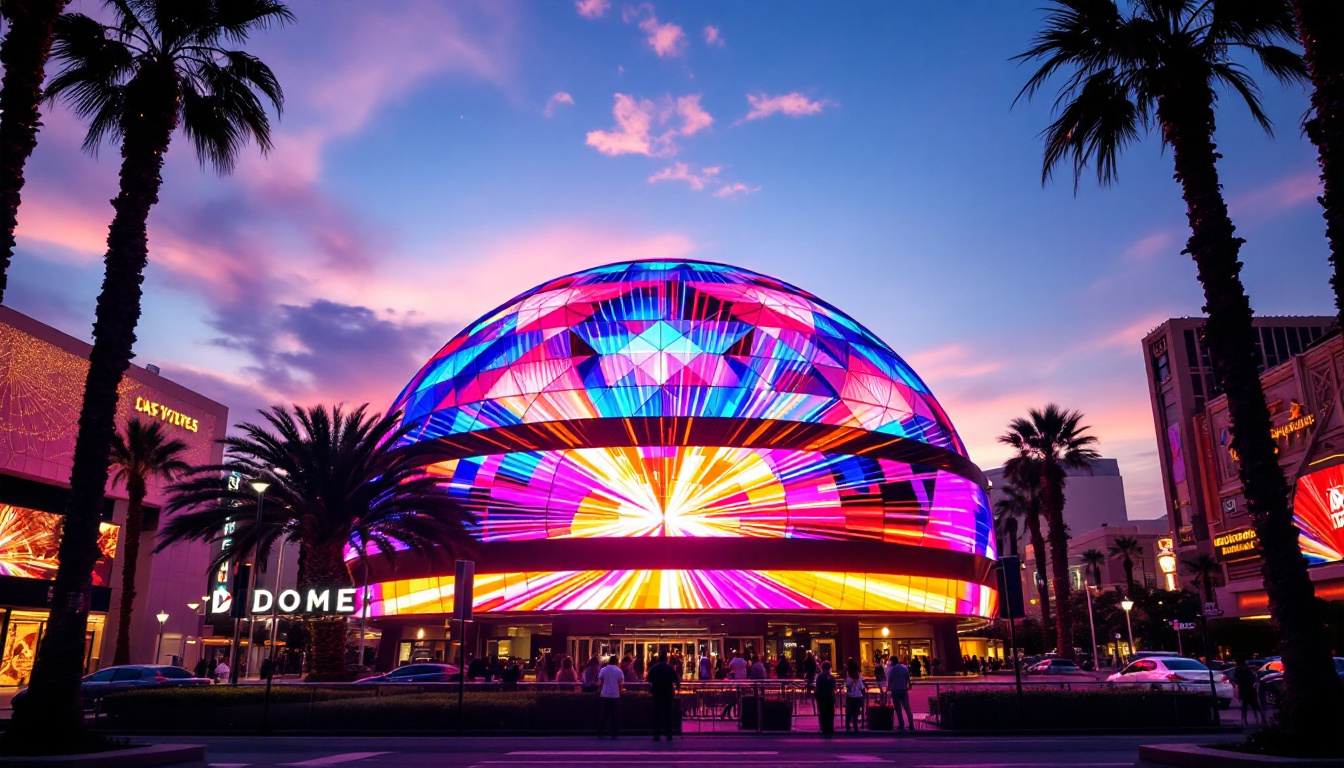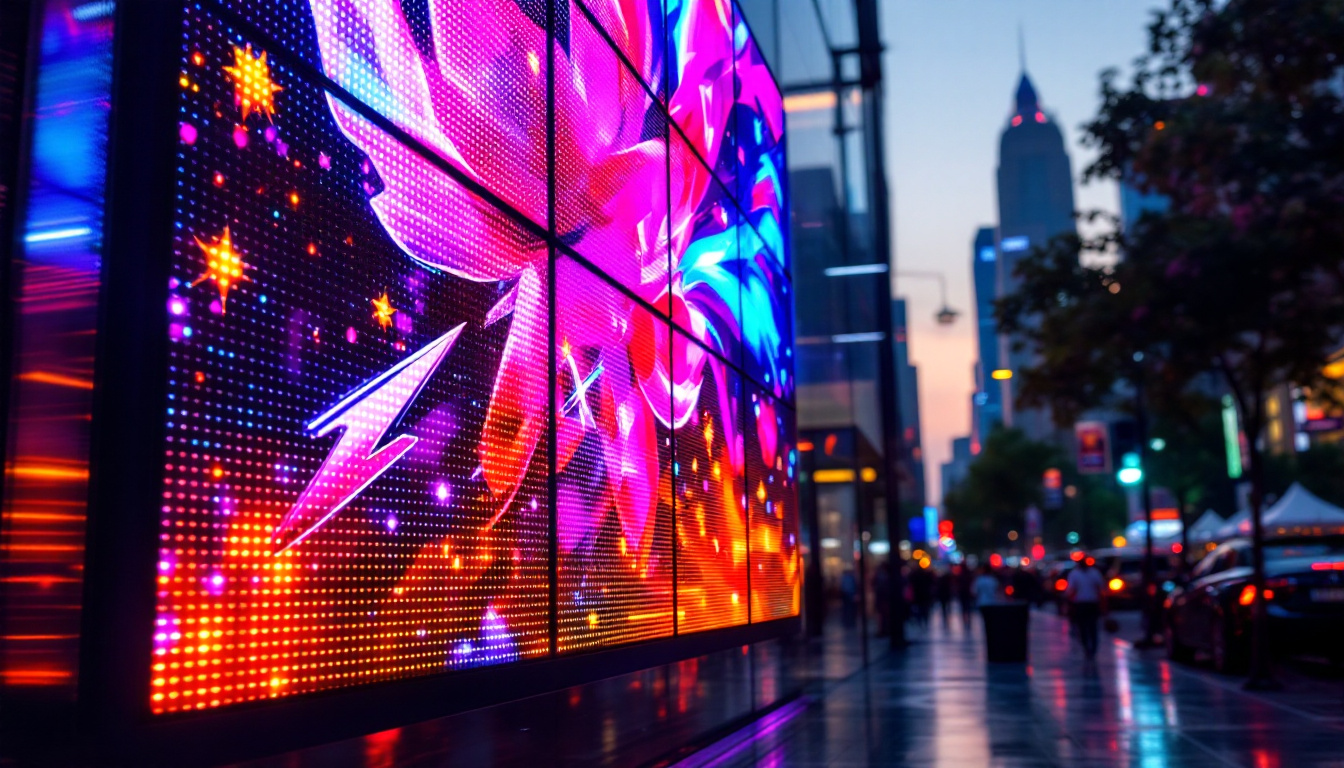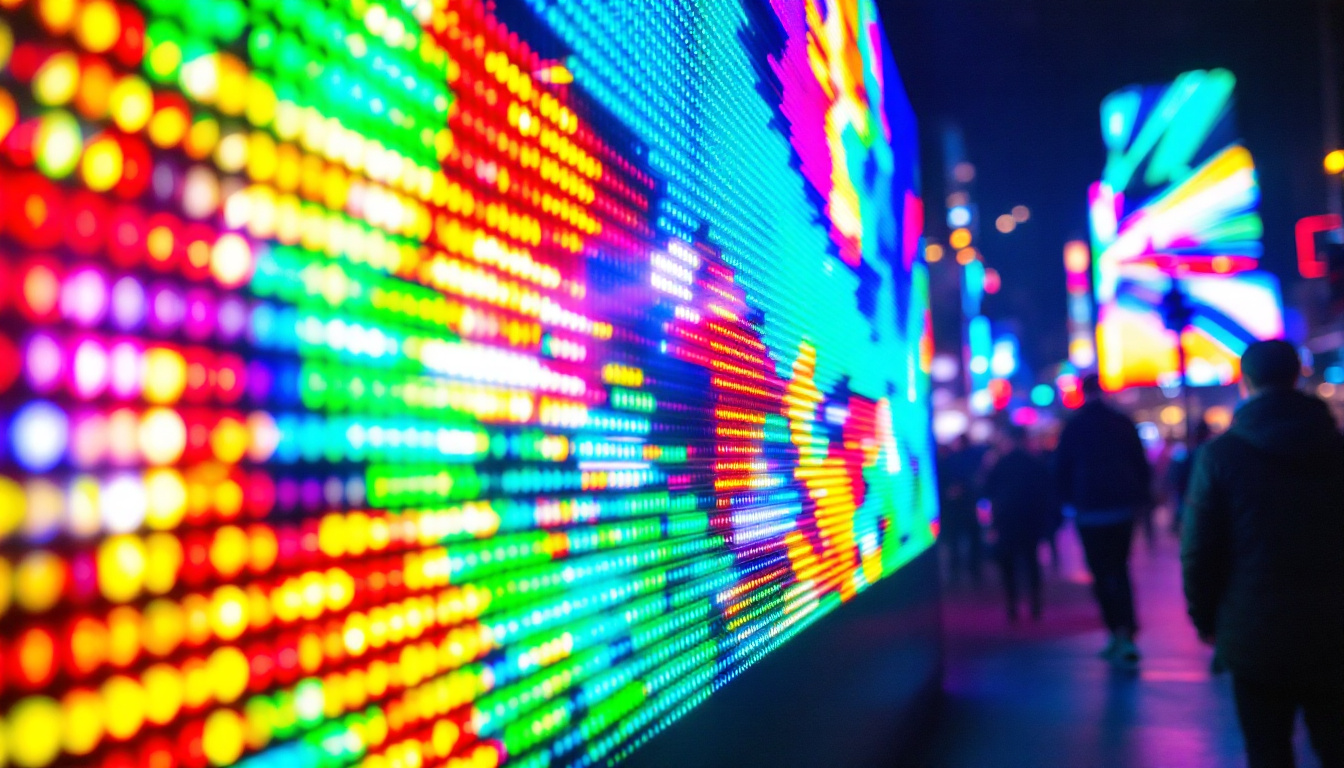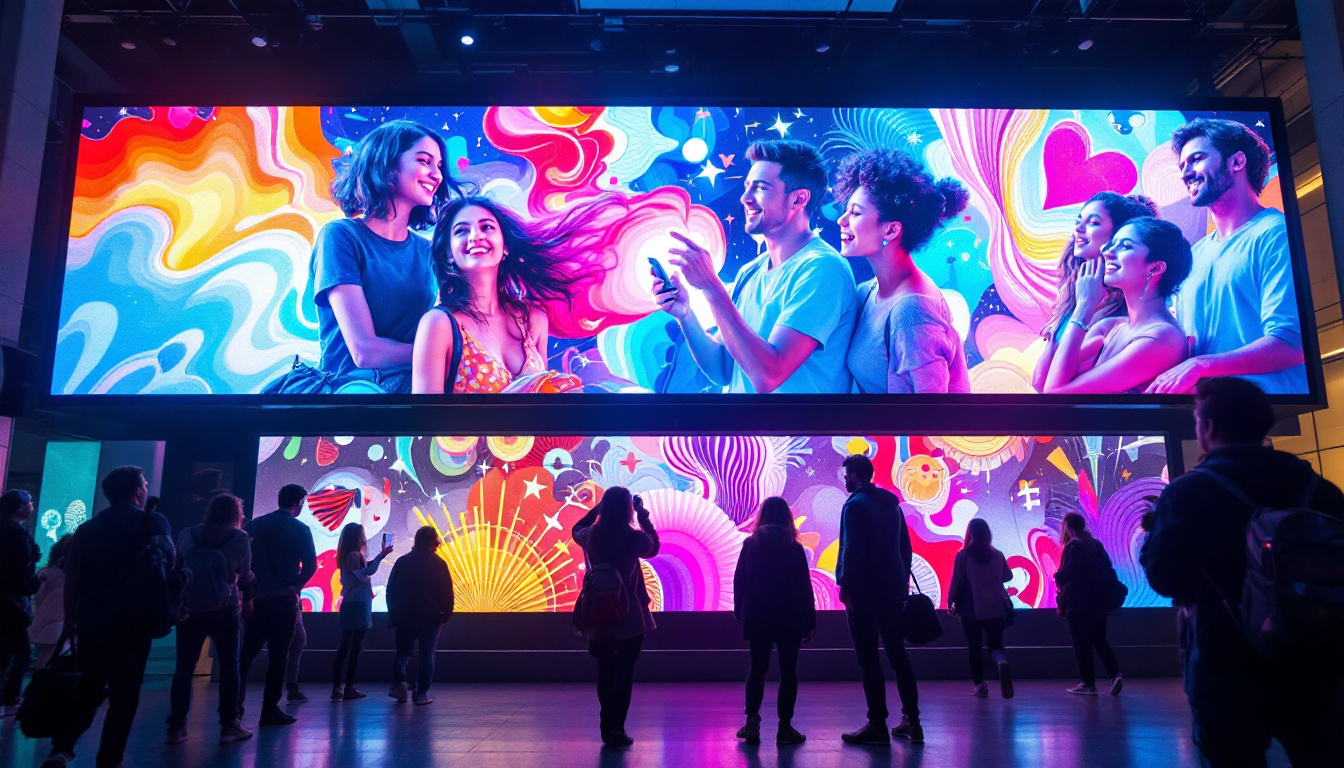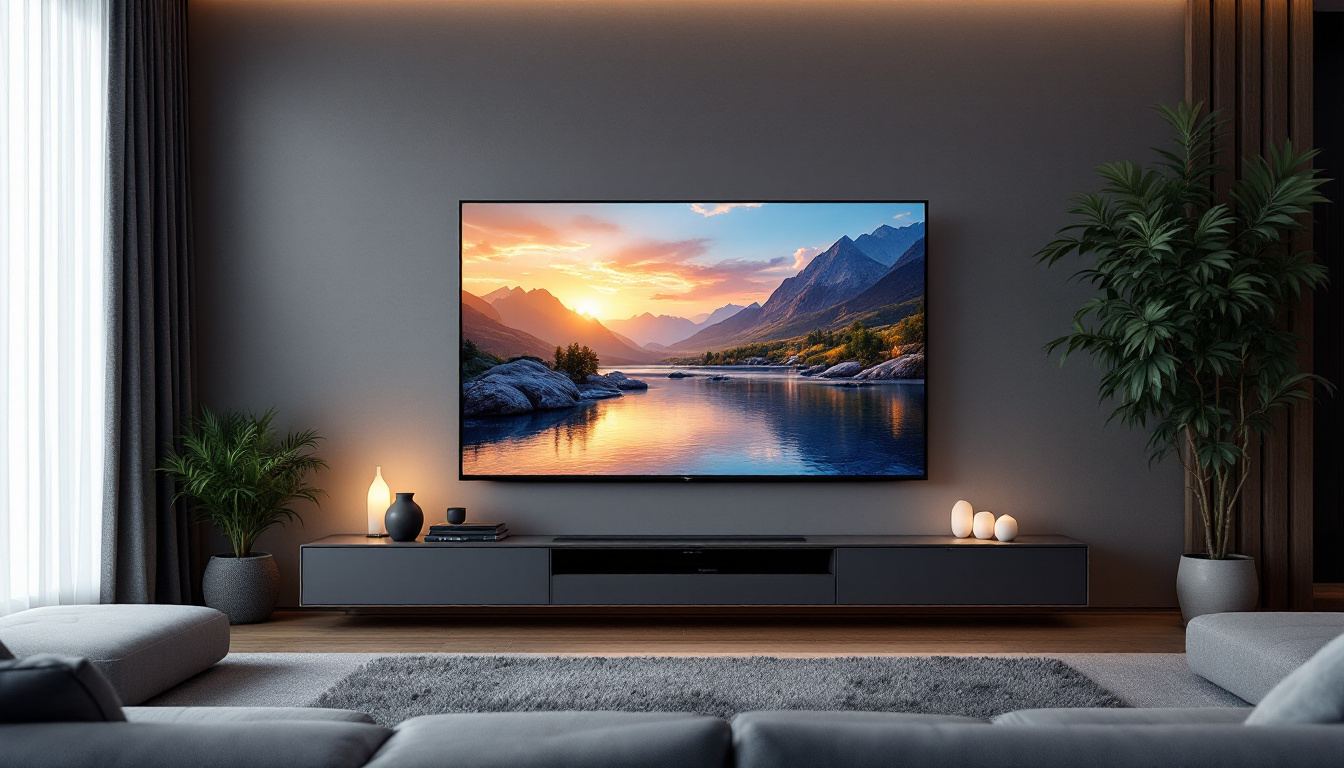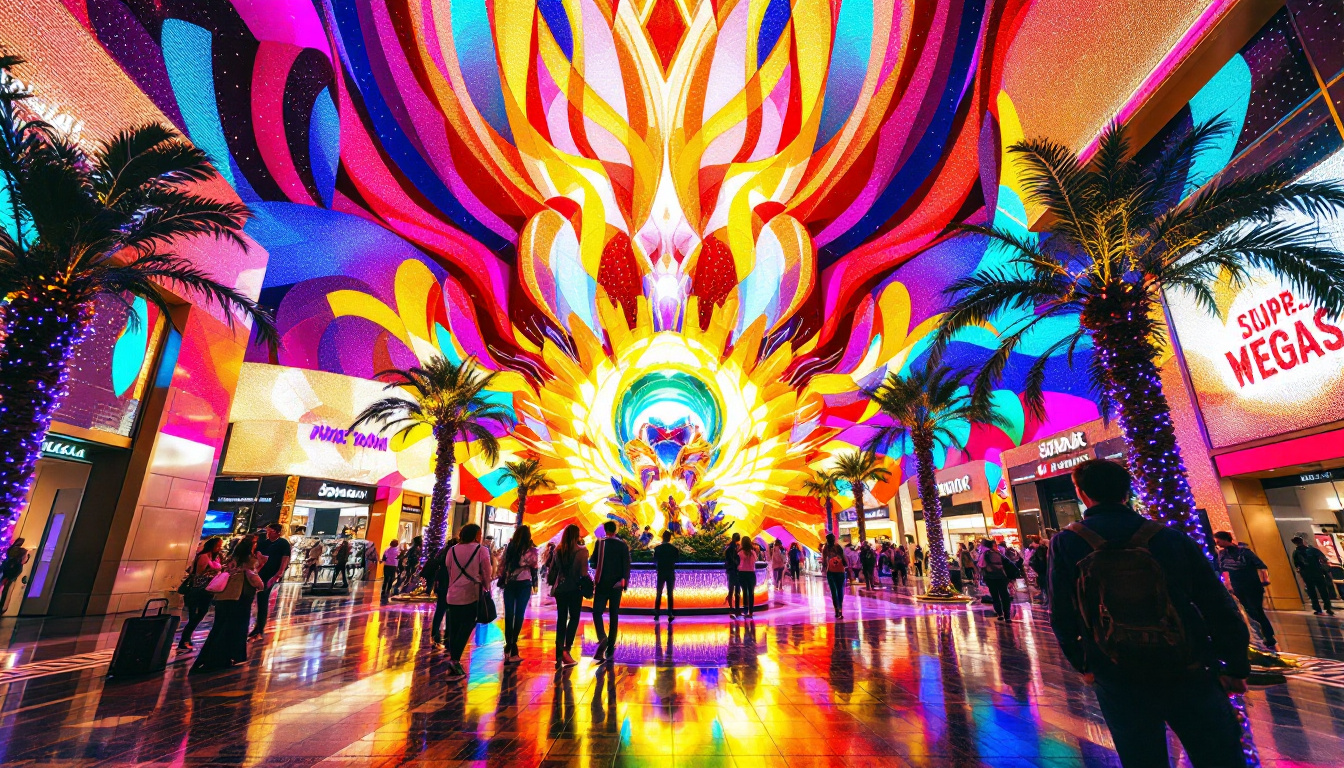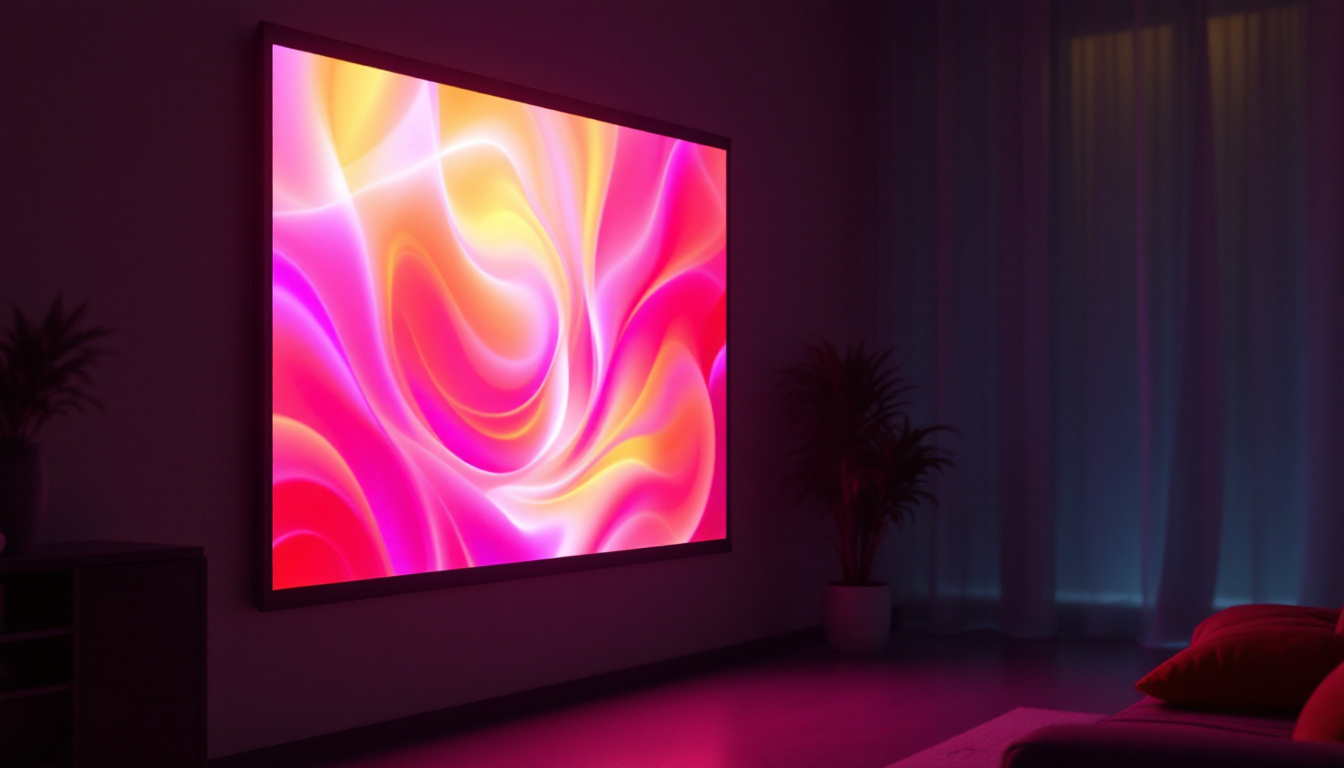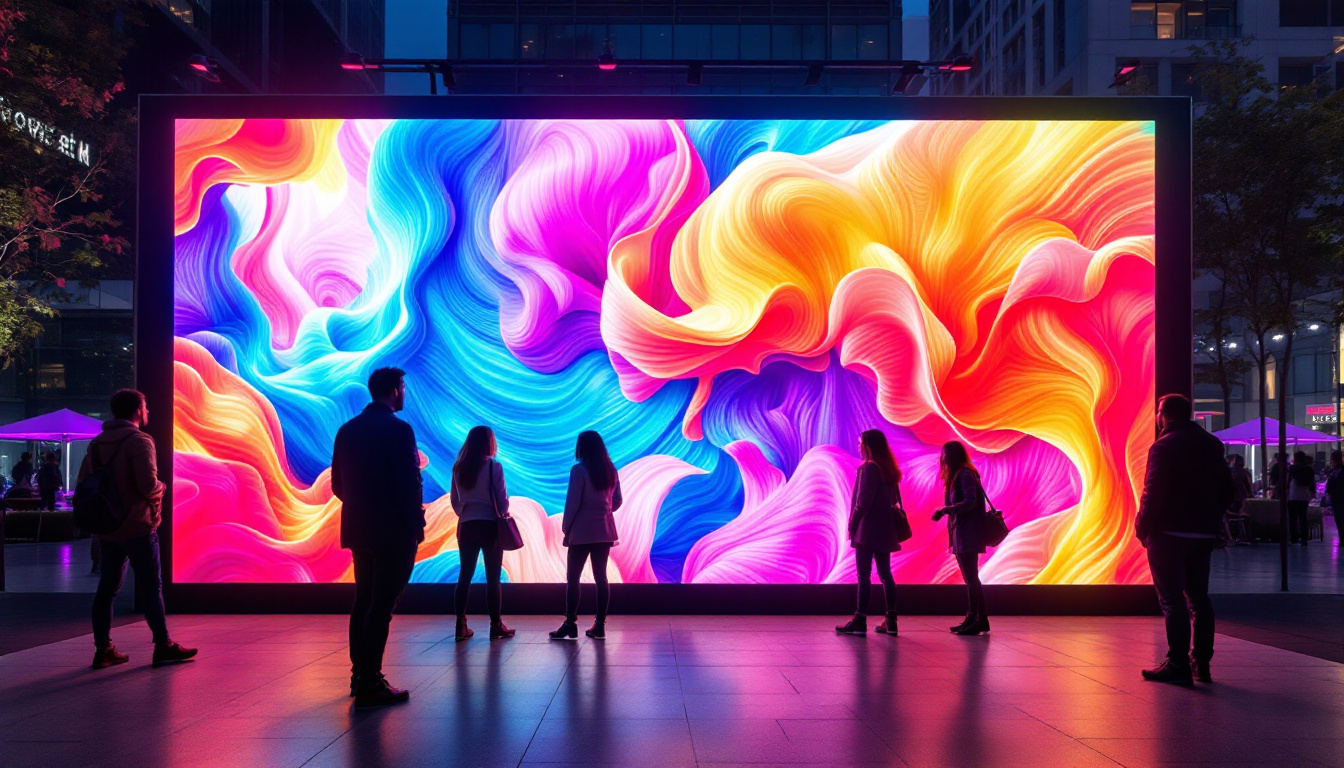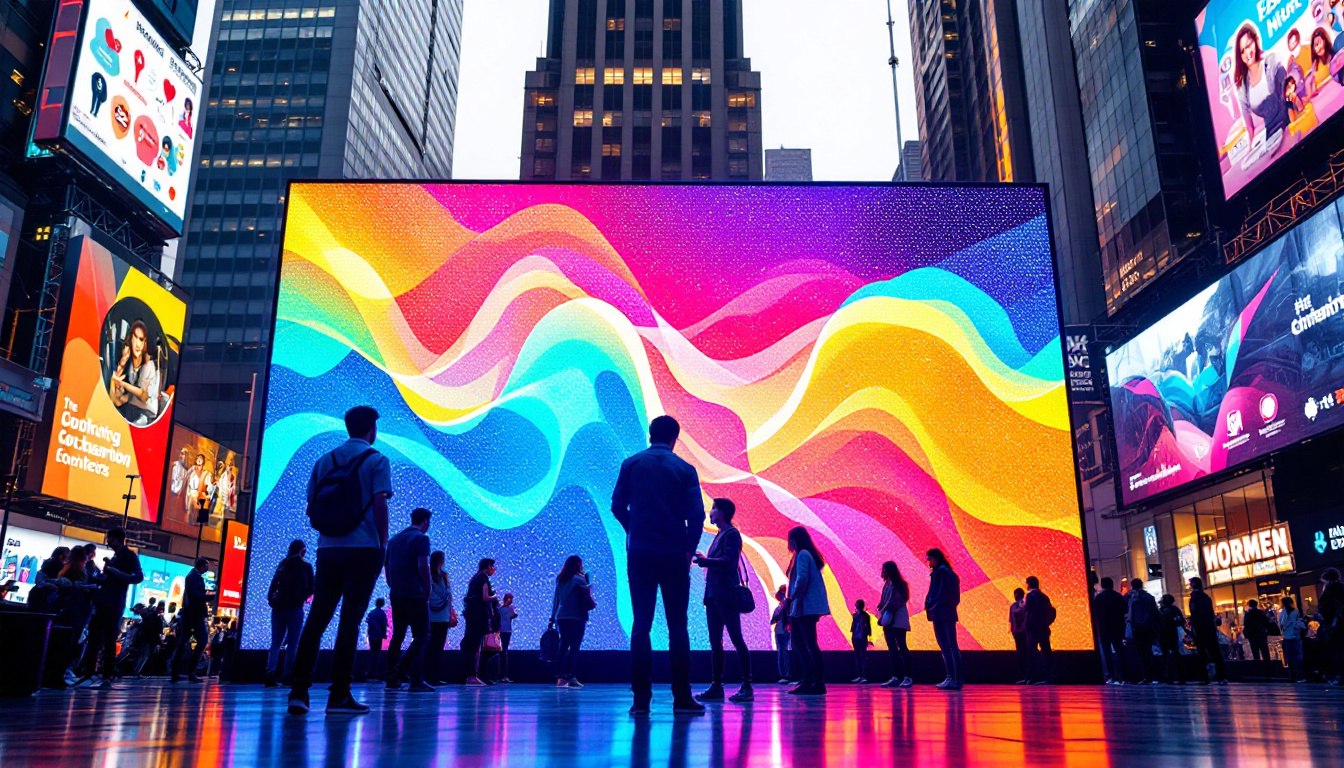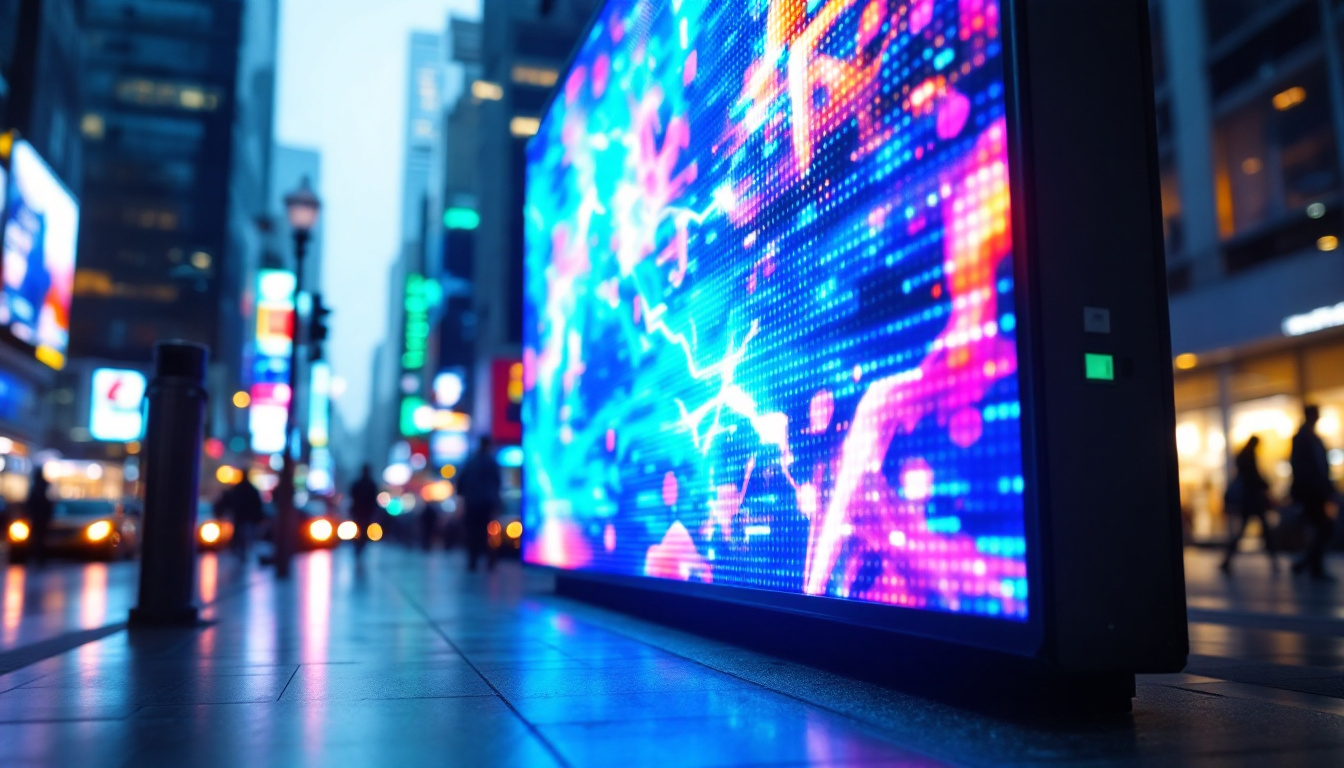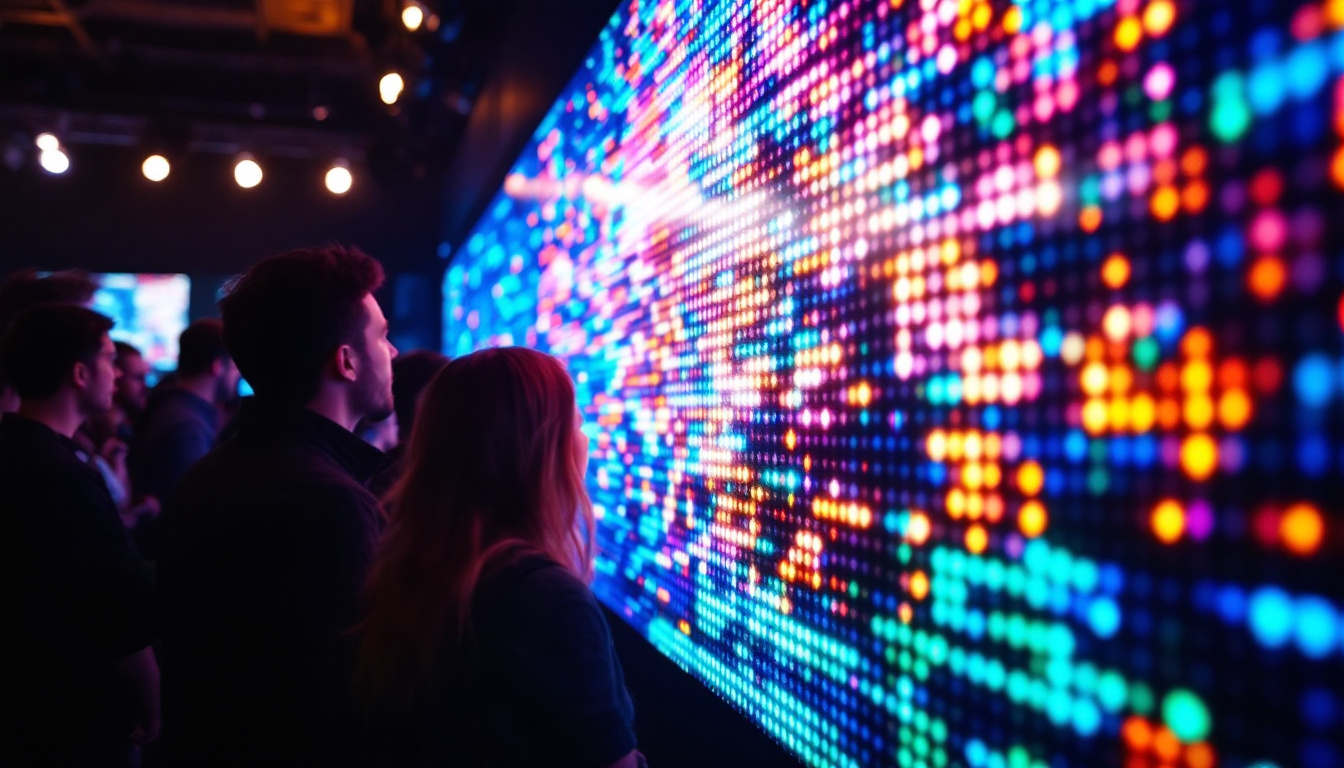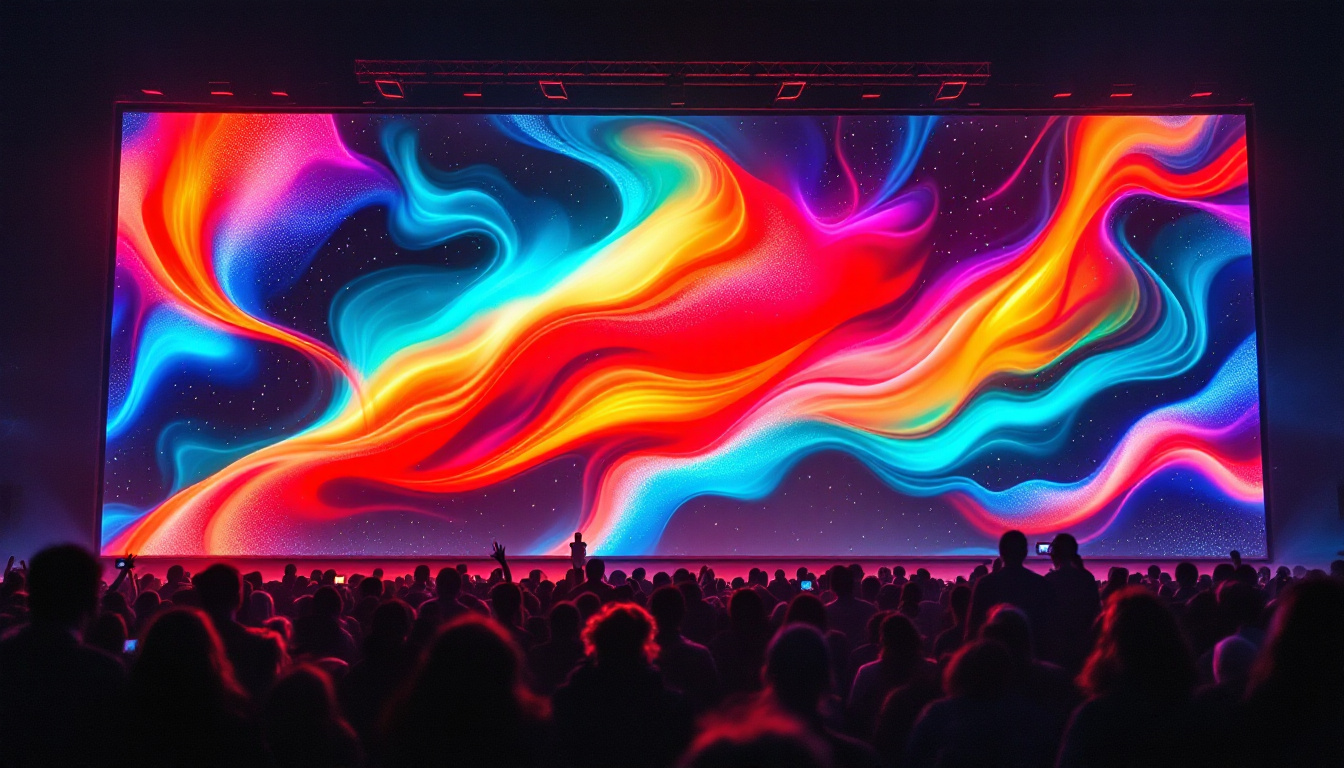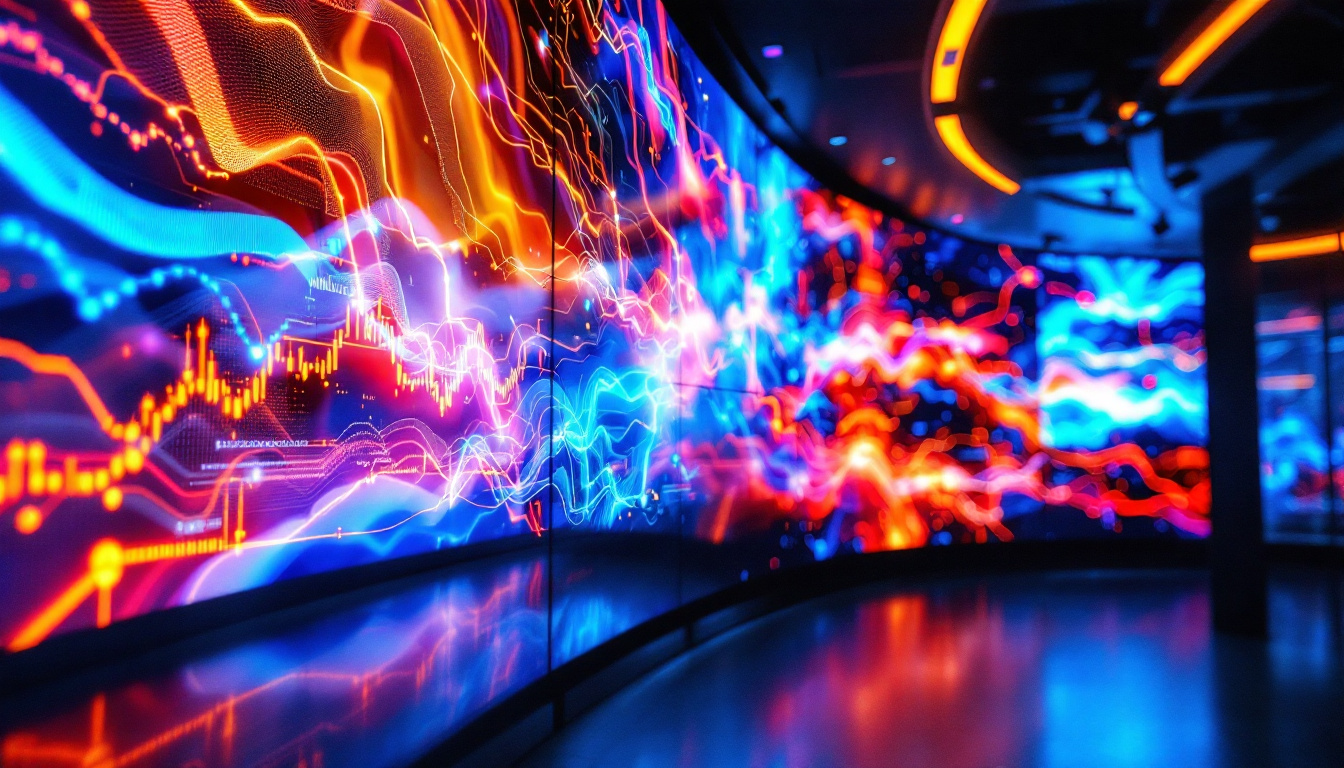Las Vegas is a city renowned for its vibrant nightlife, extravagant shows, and, notably, its colossal LED displays. These massive screens are not just a means of advertising; they are an integral part of the city’s identity, captivating millions of visitors each year. This article delves into the intricacies of LED displays, their technology, applications, and the impact they have on the Las Vegas experience.
The Evolution of LED Technology
LED (Light Emitting Diode) technology has undergone significant advancements since its inception. Initially used for simple indicator lights, LEDs have transformed into powerful tools for large-scale displays. The journey from basic functionality to the dazzling screens seen in Las Vegas is a testament to innovation in the field of display technology.
Early Beginnings
The first LEDs were developed in the early 1960s, primarily emitting red light. Over the decades, the technology evolved, allowing for the creation of green and blue LEDs. This triadic color system laid the groundwork for full-color displays, enabling a broader spectrum of visual experiences. The early adoption of LEDs was limited to niche applications, such as in calculators and watches, but as researchers explored the potential of these diodes, their versatility began to shine. The development of the first high-brightness blue LED in the 1990s by Shuji Nakamura was a pivotal moment, earning him a Nobel Prize in Physics and opening the door to white LED technology, which would later dominate the lighting market.
Advancements in Display Technology
By the late 1990s, the introduction of surface-mounted device (SMD) technology revolutionized LED displays. SMD allowed for smaller, more efficient diodes to be packed closely together, enhancing image quality and brightness. This advancement was crucial for outdoor displays, where visibility in bright sunlight is essential. Furthermore, the integration of advanced control systems enabled dynamic content management, allowing for real-time updates and interactive features. This capability has not only transformed advertising but also allowed for innovative artistic expressions, with LED displays becoming canvases for digital art installations in urban spaces around the world.
The Rise of High-Definition Displays
The transition to high-definition (HD) displays marked a significant milestone. With the ability to produce sharper images and more vibrant colors, HD LED displays became a staple in Las Vegas. These screens not only serve advertising purposes but also enhance the overall aesthetic of the city, creating a visually stunning environment. The impact of LED technology extends beyond mere entertainment; it has also played a role in urban planning and architecture. Cities are increasingly incorporating LED displays into their designs, using them to convey information, enhance public safety, and create immersive experiences for residents and visitors alike. As technology continues to advance, the future of LED displays promises even greater integration with smart city initiatives, where lighting and information systems work in harmony to improve urban living.
The Anatomy of an LED Display
Understanding the components of an LED display is essential to appreciate its functionality. Each display is a complex assembly of various elements that work together to produce high-quality visuals.
Pixel Configuration
At the core of any LED display is its pixel configuration. Pixels are the smallest units of an image, and in an LED display, each pixel is made up of red, green, and blue diodes. The arrangement of these diodes determines the display’s resolution and image clarity. Higher pixel density results in sharper images, making it a critical factor for large displays in bustling environments like Las Vegas.
Brightness and Contrast
Brightness is another crucial aspect of LED displays. Measured in nits, brightness levels can vary significantly depending on the display’s intended use. Outdoor displays, for instance, require higher brightness to combat sunlight. Contrast ratio, the difference between the darkest and lightest parts of an image, also plays a vital role in visual quality. A higher contrast ratio enhances image depth and detail, making it particularly important for captivating audiences in a city filled with visual stimuli.
Control Systems
The control system of an LED display manages the content that appears on the screen. This system can be quite sophisticated, allowing for real-time updates and interactive features. In Las Vegas, where events and promotions change frequently, having a reliable control system is essential for keeping the content fresh and engaging.
Applications of LED Displays in Las Vegas
LED displays are ubiquitous in Las Vegas, serving various purposes that extend beyond mere advertising. Their versatility allows them to enhance the city’s entertainment landscape in numerous ways.
Advertising and Promotions
One of the most prominent uses of LED displays in Las Vegas is for advertising. Major casinos and hotels utilize these screens to showcase promotions, events, and entertainment options. The dynamic nature of LED displays allows for eye-catching animations and videos that capture the attention of passersby, driving foot traffic and engagement.
Entertainment and Events
Beyond advertising, LED displays play a crucial role in live events and performances. Concerts, festivals, and shows often incorporate large screens to enhance the audience’s experience. These displays can provide close-up views of performers, visual effects, and even interactive elements that engage the crowd, creating a more immersive atmosphere.
Art and Culture
Las Vegas is not just about gambling and nightlife; it is also a hub for art and culture. LED displays are increasingly being used as canvases for digital art installations. These installations transform public spaces into vibrant galleries, showcasing the work of local and international artists. This fusion of technology and creativity adds a unique dimension to the city’s cultural landscape.
The Impact of LED Displays on Tourism
The impact of LED displays on tourism in Las Vegas cannot be overstated. They are not just functional; they are a significant draw for visitors, contributing to the city’s allure.
Creating Iconic Landmarks
Many of Las Vegas’s most iconic landmarks are defined by their LED displays. The famous “Welcome to Fabulous Las Vegas” sign, for instance, has been enhanced with LED lighting, making it a must-see for tourists. Similarly, the Fremont Street Experience features a massive LED canopy that hosts dazzling light shows, attracting crowds and creating a unique entertainment experience.
Enhancing the Visitor Experience
LED displays enhance the overall visitor experience by providing real-time information about events, promotions, and attractions. Interactive displays allow tourists to engage with the content, helping them navigate the city and discover new experiences. This level of engagement is crucial in a city that thrives on entertainment and exploration.
Driving Economic Growth
The economic impact of LED displays extends beyond tourism. They play a vital role in promoting local businesses and events, driving revenue for the hospitality and entertainment sectors. The ability to reach a large audience quickly and effectively makes LED advertising a valuable investment for businesses looking to capitalize on the influx of visitors to Las Vegas.
Challenges and Considerations
Despite their many advantages, LED displays also come with challenges and considerations that must be addressed.
Environmental Concerns
One of the primary concerns surrounding LED displays is their environmental impact. The production and disposal of LED technology can contribute to electronic waste, raising sustainability questions. However, many manufacturers are now focusing on eco-friendly practices, such as using recyclable materials and energy-efficient technologies, to mitigate these concerns.
Regulatory Issues
In Las Vegas, the use of LED displays is subject to regulations that govern their size, brightness, and placement. These regulations aim to ensure that the displays do not create distractions for drivers or disrupt the aesthetic of the city. Navigating these regulations can be a challenge for businesses looking to invest in LED technology.
Maintenance and Upkeep
Maintaining LED displays is essential to ensure their longevity and performance. Regular maintenance checks are necessary to address issues such as pixel failure, brightness degradation, and weather-related damage. Businesses must factor in these maintenance costs when investing in LED technology to ensure their displays remain effective and visually appealing.
The Future of LED Displays in Las Vegas
The future of LED displays in Las Vegas looks promising, with ongoing innovations and trends shaping their evolution.
Advancements in Technology
As technology continues to advance, LED displays are becoming more sophisticated. Developments in microLED and OLED technologies promise to deliver even higher resolutions, better color accuracy, and improved energy efficiency. These advancements will further enhance the visual experience for audiences in Las Vegas.
Interactive and Immersive Experiences
The trend towards interactivity is set to grow, with more displays incorporating touch and gesture recognition technologies. This shift will allow for more engaging experiences, enabling audiences to interact with the content in real-time. As Las Vegas embraces this trend, visitors can expect increasingly immersive experiences that blur the lines between the digital and physical worlds.
Sustainability Initiatives
With growing awareness of environmental issues, the future of LED displays may also focus on sustainability. Manufacturers are likely to prioritize eco-friendly materials and energy-efficient technologies, aligning with the broader movement towards sustainability in urban environments. This shift will not only benefit the planet but also enhance the reputation of Las Vegas as a forward-thinking city.
Conclusion
LED displays have become a defining feature of Las Vegas, contributing to the city’s vibrant atmosphere and dynamic visual landscape. From their technological evolution to their diverse applications, these displays play a crucial role in shaping the Las Vegas experience. As advancements continue to emerge, the future of LED displays looks bright, promising even more innovative and engaging experiences for visitors and locals alike.
In a city where entertainment reigns supreme, LED displays are not just tools; they are integral to the narrative of Las Vegas, captivating audiences and enhancing the allure of this iconic destination.
Illuminate Your Space with LumenMatrix
As the narrative of Las Vegas continues to be written in lights, your opportunity to be part of this luminous legacy awaits. LumenMatrix, a pioneer in LED display technology, invites you to explore our comprehensive range of LED display solutions. Whether you seek to create an immersive indoor experience, make a bold statement outdoors, or innovate with mobile and transparent displays, our products are designed to captivate and engage. Embrace the power of visual storytelling with LumenMatrix and transform any space into a beacon of interaction and allure. Check out LumenMatrix LED Display Solutions and let your message shine with unrivaled clarity and impact.

